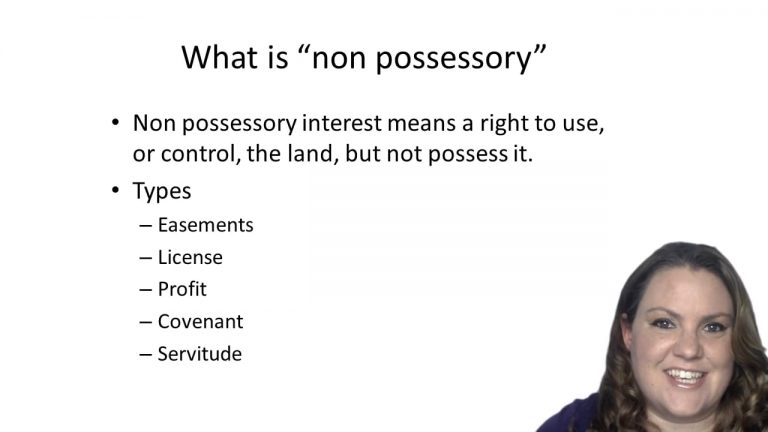SmartBrief
Confirm favorite deletion?
Property Keyed to Sprankling
Berge v. State of Vermont
Citation:
915 A.2d 189 (Vt. 2006)Facts
In 1959, Florence Davis subdivided her estate, conveying 7,001 acres to the State of Vermont and reserving 38 acres on the western shore of Norton Pond. The 1959 deed reserved no express easement for access to these 38 acres across the land conveyed to the State. In 1997, Plaintiff purchased a portion of these remaining 38 acres. Plaintiff regularly accessed the property by car over a road across the State’s land to his property. The State placed a gate across the access road, blocking Plaintiff’s access. Plaintiff filed a complaint, seeking to enjoin the State’s obstruction. Plaintiff asserted that the 1959 deed had created an easement by necessity for the benefit of his property. The State moved for summary judgment, maintaining that Plaintiff’s ability to access his property by water across Norton Pond defeated a finding of necessity.
Only StudyBuddy Pro offers the complete Case Brief Anatomy*
Access the most important case brief elements for optimal case understanding.
*Case Brief Anatomy includes: Brief Prologue, Complete Case Brief, Brief Epilogue
- The Brief Prologue provides necessary case brief introductory information and includes:
Topic:
Identifies the topic of law and where this case fits within your course outline.Parties:
Identifies the cast of characters involved in the case.Procedural Posture & History:
Shares the case history with how lower courts have ruled on the matter.Case Key Terms, Acts, Doctrines, etc.:
A case specific Legal Term Dictionary.Case Doctrines, Acts, Statutes, Amendments and Treatises:
Identifies and Defines Legal Authority used in this case.
- The Case Brief is the complete case summarized and authored in the traditional Law School I.R.A.C. format. The Pro case brief includes:
Brief Facts:
A Synopsis of the Facts of the case.Rule of Law:
Identifies the Legal Principle the Court used in deciding the case.Facts:
What are the factual circumstances that gave rise to the civil or criminal case? What is the relationship of the Parties that are involved in the case.Issue(s):
Lists the Questions of Law that are raised by the Facts of the case.Holding:
Shares the Court's answer to the legal questions raised in the issue.Concurring / Dissenting Opinions:
Includes valuable concurring or dissenting opinions and their key points.Reasoning and Analysis:
Identifies the chain of argument(s) which led the judges to rule as they did.
- The Brief Prologue closes the case brief with important forward-looking discussion and includes:
Policy:
Identifies the Policy if any that has been established by the case.Court Direction:
Shares where the Court went from here for this case.

 9m 48s
9m 48s